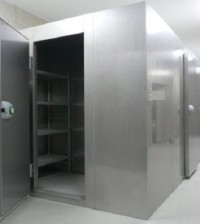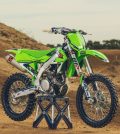The Whats and Hows of Concrete Starter Bars
- Tweet
-
- Pin It
Concrete is second only to water as the most used construction material. This is due to its long list of favourable properties, among which are high strength, heat and water resistance, easy application, and relatively cheap production. The material has impressive compressive strength but it’s the low tensile strength that can cause concrete structures to bend or crack. This is where the need for reinforcement arises. There is a range of concrete reinforcement products. One of these is starter bars. They’re used to reinforce walls and columns in concrete footing in both residential and industrial projects.
Contents
What are Starter Bars?
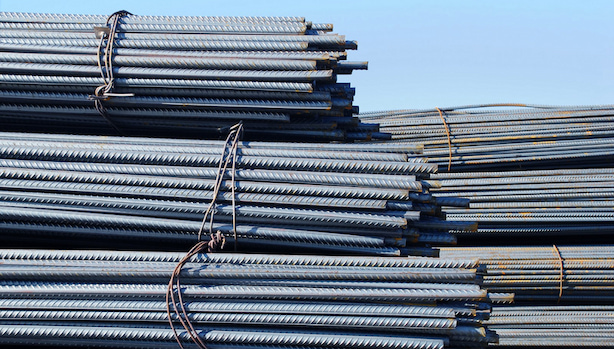
Starter bars are just one reinforcing element used in construction. They are made of reinforcement steel or rebar and are available in a variety of diameters and lengths to suit different building projects. To maintain the structural integrity of a building or structure, concrete starter bars are fixed into footings, slabs, or walls, and provide a reinforcement overlap for joining concrete slabs or walls. The bars are placed at regular intervals and can protrude vertically or horizontally from the slab.
Types of Starter Bars and How They Are Used
Starter bars can come in different shapes to meet different reinforcement needs. These single pieces of deformed rebar can be straight or L-shaped, whereas other varieties have hooks at the end. They can be placed in circular or rectangular footings (with the hooks pointing outwards) as well as in pillars. The different types make connecting wall sections and other structural elements a relatively simple process, and also provide the lateral stability the concrete inherently lacks. The bars come in varying widths and lengths and can be ordered to the builder’s requirements.
Difficult reinforcing projects call for different and more advanced concrete starter bars or specific embedding and anchoring systems. Starter bars can be fixed in place with the use of special anchoring resins in holes drilled into the concrete that needs to connect slabs or walls in an existing structure. For high-load applications, the strongest bond is created with epoxy acrylate resins (others are polyester and unsaturated polyester). This also performs well in corrosive and damp environments, as well as in temperature extremes.
Starter bars can also be threaded and use screws and couplings to join and reinforce different structural elements. When the concrete is being poured, the threaded ends are accessible and are screwed into position. Couplings create a strong bond between two connected threaded bars. A similar way concrete starter bars are applied is with the use of special metal formers providing an anchoring foundation in the concrete. The starter bars simply click into place with a simple twist, speeding up the workflow.
Properties of Starter Bars
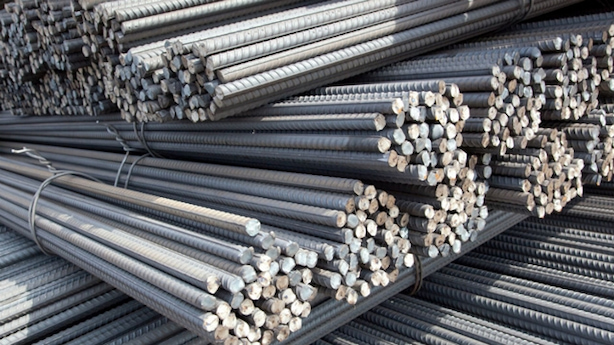
Starter bars are made of (ribbed and deformed) steel bars. This can be a hot-formed rebar with particularly high yield strength and toughness, high concrete bonding strength, and resistance to heat, moisture and corrosion. It is also malleable and easy to bend and work with. For additional corrosion resistance, the bar can be hot-dip galvanised and in vertical applications combined with grout. Alternatively, concrete starter bars can be made of high-strength deformed (HSD) bars with lower slippage, higher bonding capability, and more tensile strength in more demanding projects.
Stirrups, Links, and Corner Bar
Similar in their concrete reinforcing purpose but coming in a different form are stirrups, links, and corner bars. Stirrups are rectangular loops made of rebar or plain round bar and are used to confine or restrain the primary reinforcing bars. They also prevent shear failure in lateral movement. Stirrups are hooked at the end of each loop, and this allows their anchoring around the main reinforcing bars. Like starter bars, they can be optioned in different diameters.
Links are a plain round bar with hooks at the end. They are used for additional shear reinforcement, to tie together or restrain main reinforcing bars placed within a stirrup, and keep the assembly aligned when concrete is being poured. Choosing the right links implies getting the right diameter for the loads and the distance between the hooks.
Corner bars are used in torsional reinforcement in the corners of the structure or concrete element, especially in foundation slabs. Their role is to limit twisting due to higher loads and stresses in the concrete. Corner bars are made of deformed rebar and are often in an L-shape, but with legs of equal lengths. Choosing the right corner bars is based on diameter as well as the length of the legs, as these are used to support differently-sized and spaced main reinforcing bars.
General Safety Considerations When Using Starter Bar
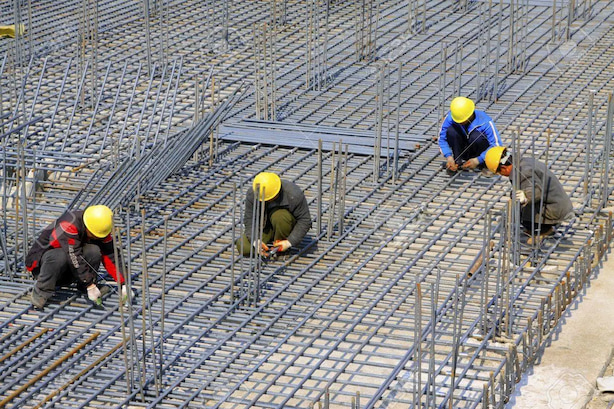
Starters that are exposed and protrude further out can present a risk. This means they will be a trip hazard and those placed vertically and in smaller diameters will be hard to spot. To improve visibility, brightly-coloured protective caps affixed to the exposed ends will improve construction site and workplace safety.
Final Word
Starter bars, stirrups, corner bars, and links are essential to maintain the strength and integrity of concrete structures. They are used to tie different building elements together safely and effectively. This can be tying walls and columns to footings or ground slabs, and building retaining walls. Source starter bar in your required diameter, length, and grade in hardware and stores specialisng in building materials.
- Unleash Precision and Performance with Steelmaster’s Versatile Rotary Mills
Australian factories and fabricators use rotary mills for everything...
- April 30, 2024
- Rugged Revamp: Upgrading Your Dirt Bike with High-Quality Aftermarket Plastics for Ultimate Protection and Style
It’s a fact: dirt, motocross, and enduro riders know...
- April 26, 2024
- The Sound of Tradition: An In-Depth Look at the Fender Telecaster Series
In the realm of electric guitars, few instruments hold...
- April 16, 2024
- Professional and Stylish: How to Select the Right Men’s Uniform for Your Business
What kind of picture do you want to present...
- April 9, 2024
- Warehouse Organisation: The Role of Stillages in Streamlining Operations
If you’re a business owner who deals with goods,...
- April 8, 2024
- 5 Thoughtful and Practical Gifts for New Parents
Welcoming a new baby into the world is an...
- March 29, 2024

